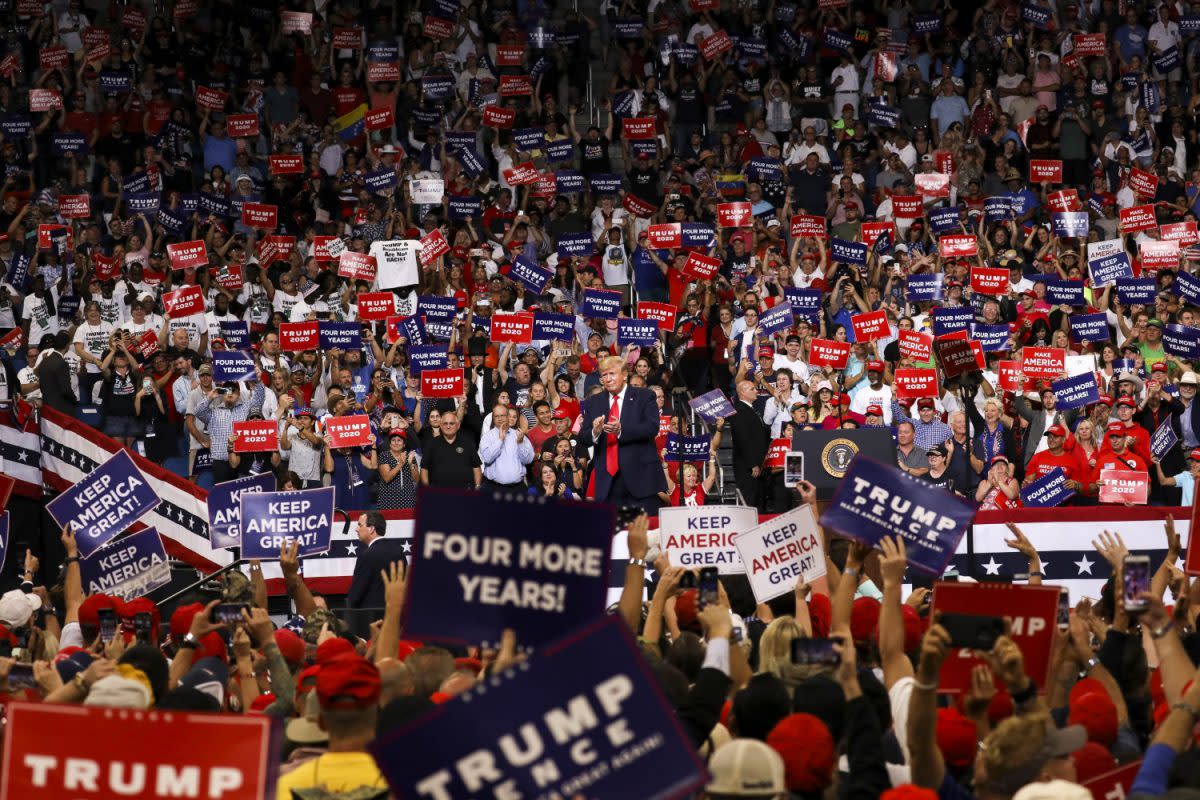What Is the National Popular Vote Movement?
Two of the last three administrations have not won the popular vote:

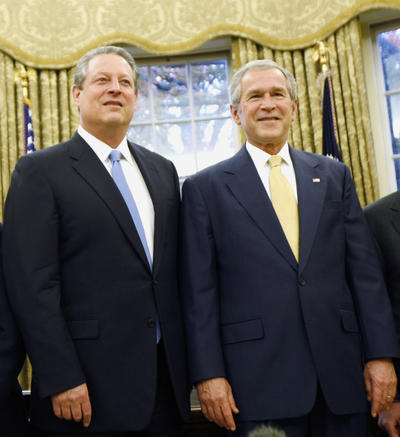
Ever hear of it?
“The most significant development in generations that no one is talking about.” That’s what the Santa Barbara Independent (newspaper) called the National Popular Vote. Ever heard of it? I hadn’t. And I tend to pay attention to such things. So what is it?
It is a bipartisan idea that is making its way through our state legislatures. It is a contract between states that says when the total number of the group of states’ electoral votes reaches 270 – the number needed to elect a president – each participating state will cast all its elector’s votes for the candidate who has won the popular vote nationwide. This contract is only to go into effect when the participating states have a majority in the Electoral College, in other words, they have the number of votes between them to meet the requirements of the Electoral College to name a winner. Until that time, the contracted states will award their electoral votes in the usual way – winner take all – in their individual states.
Is this plan constitutional? Surprisingly, yes it is. Article II, Section 1 of the U.S. Constitution gives each state legislature the right to decide how to appoint its own electors. After a variety of changes in the early days of the republic, today only two states do not award their electoral votes to the candidate with the most votes within the boundaries of their state.
As of July 2020, it has been enacted into law in 16 jurisdictions possessing 196 electoral votes, including 4 small states (DE, HI, RI, VT), 8 medium-sized states (CO, CT, MD, MA, NJ, NM, OR, WA), 3 big states (CA, IL, NY), and the District of Columbia.
The bill will take effect when enacted by states possessing an additional 74 electoral votes.
The National Popular Vote bill has now passed a total of 41 state legislative chambers in 24 states. It has also passed at least one legislative chamber in 9 states possessing 88 electoral votes (AR, AZ, ME, MI, MN, NC, NV, OK, VA). It has been unanimously approved at the committee level in 2 states possessing 27 more electoral votes (GA, MO). The National Popular Vote bill has been introduced in various years in all 50 states.
At the rate states were passing this legislation, the number needed was expected be reached in time for the 2016 presidential election. But it did not, and the current president was chosed by three million fewer voters. The block of red southern states has stymied this movement.
Seventy percent of people in this country say they favor the presidency being won by the candidate who gets the most votes – period. But it didn’t happen in 2000 for the first time since 1888. George Bush was the fourth president to take office without winning the popular vote and he had a half million fewer votes. His election was so close it had to be decided by the Supreme Court.
The NPV would guarantee it never happens again. But that is not the only factor prompting this change. Under our current system more than three quarters of the electorate is discounted by the candidates. They live in states that are overwhelmingly populated by voters committed to one party or the other – solid blue or solid red. In recent executive campaign seasons it has come down to nine states that have concerned the major candidates and their considerable resources. And some version of that scenario happens in every election, not a mere four. The NPV would mean every vote counts in every state. No voter can be written off as insignificant. One person. One vote.
It is often argued that the Electoral College protects small states from having little say in who gets elected nationally. But Ohio, New Hampshire, Colorado, Florida, Virginia, Nevada, Iowa, Wisconsin and Pennsylvania, collectively had a 98.6 percent chance of determining the Electoral College winner in 2012, according to the FiveThirtyEight tipping-point index as it was calculated on election morning. In other words, these nine states are 70 times more powerful than the other 41 (which collectively had a 1.4 percent chance of determining the winner) combined.
The presidential election is the only one in America where the will of the majority of the voters is not guaranteed. Should that ever happen again?
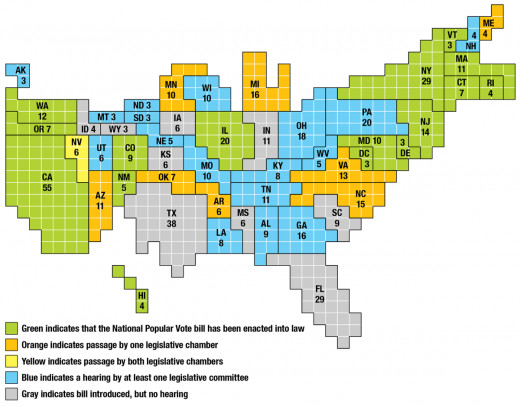

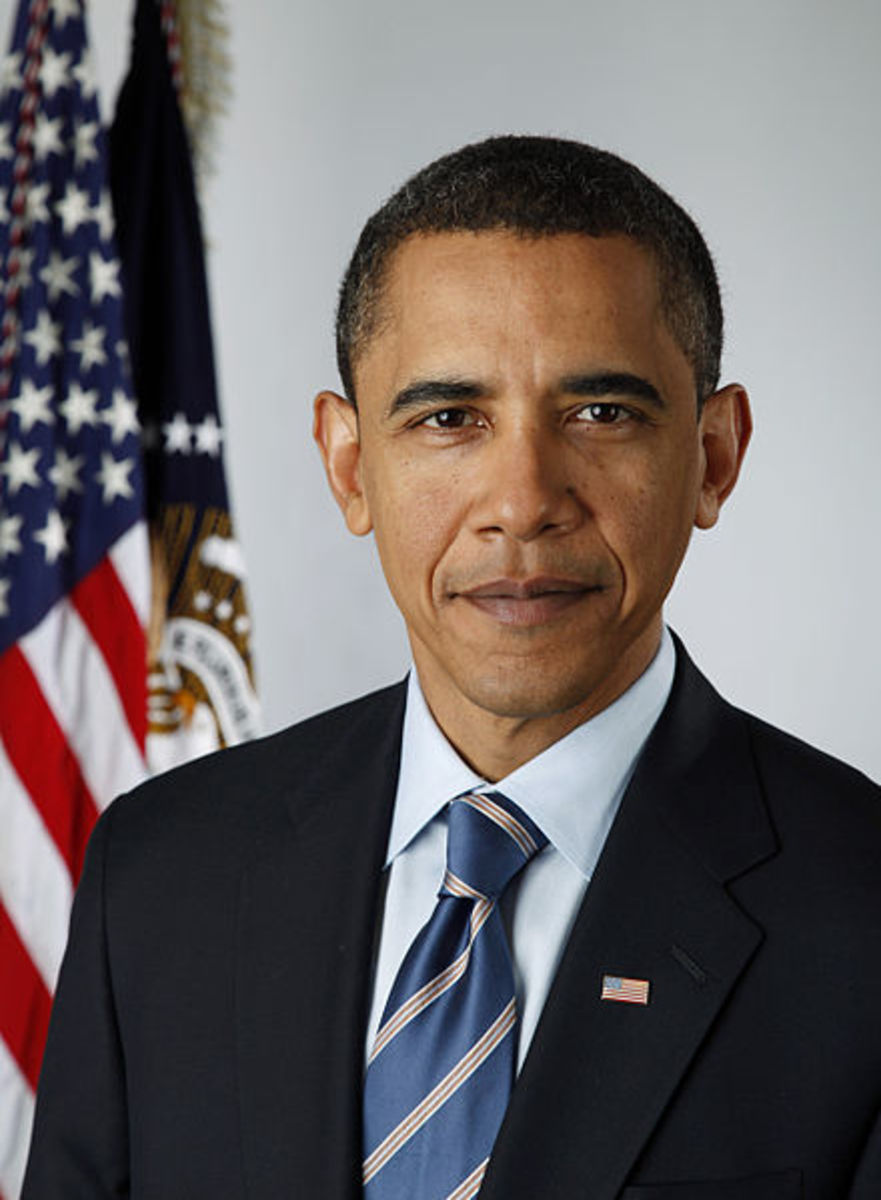
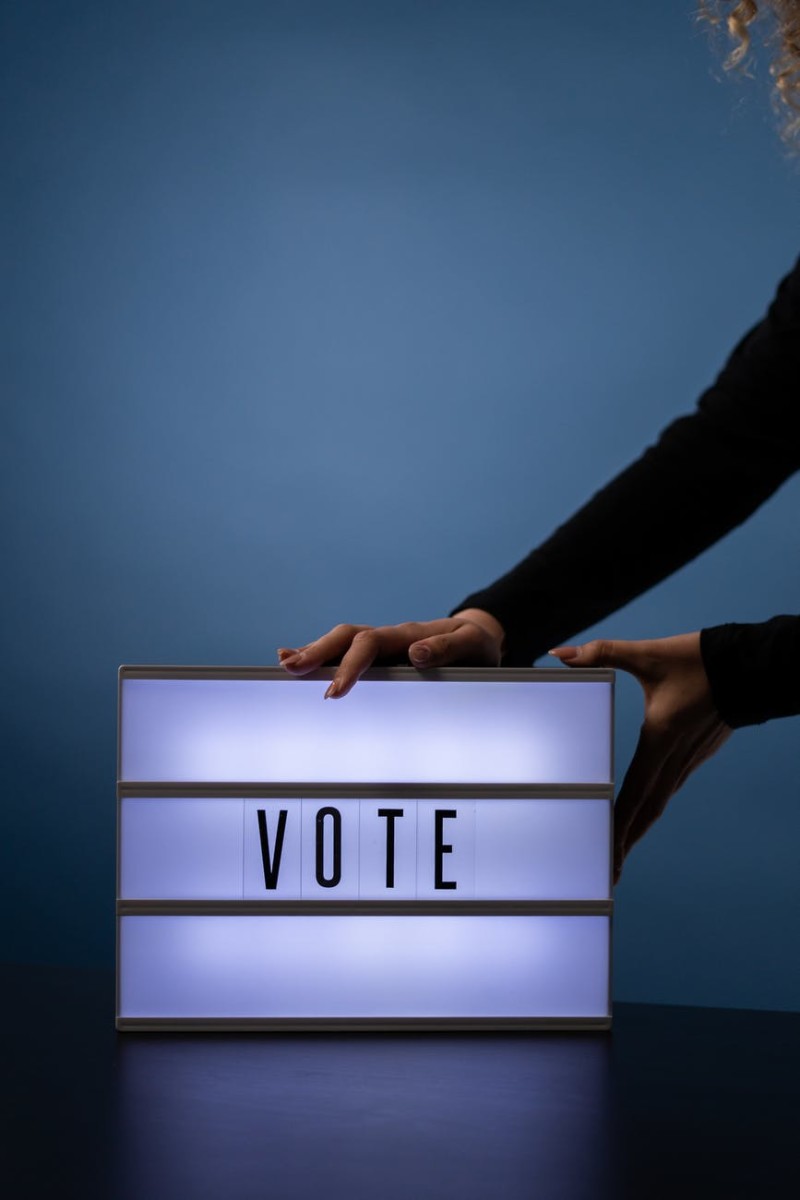
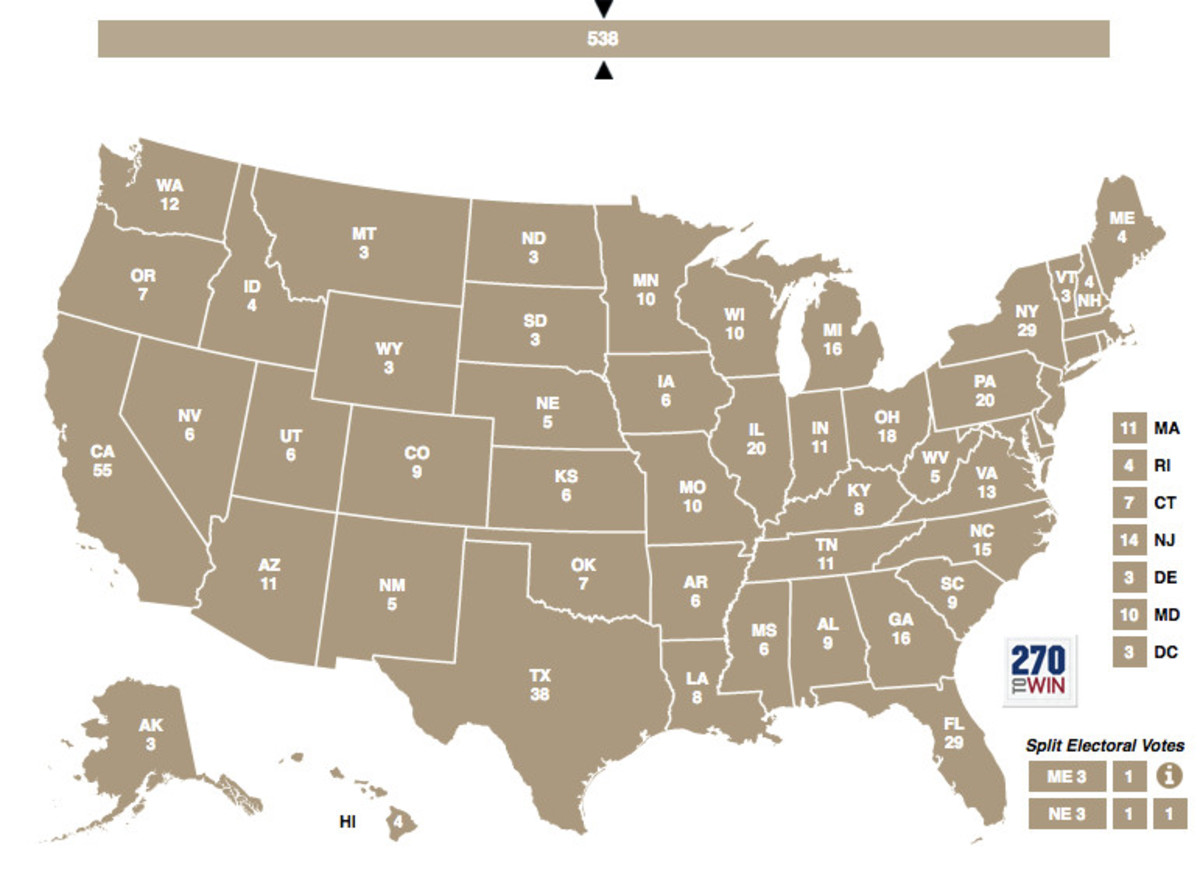
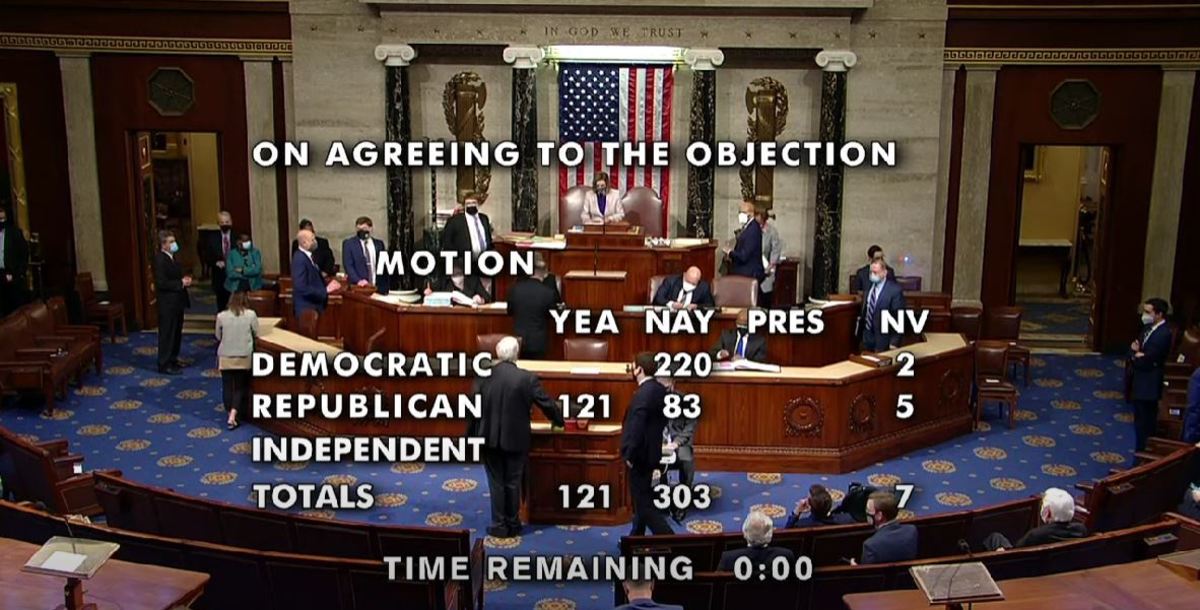

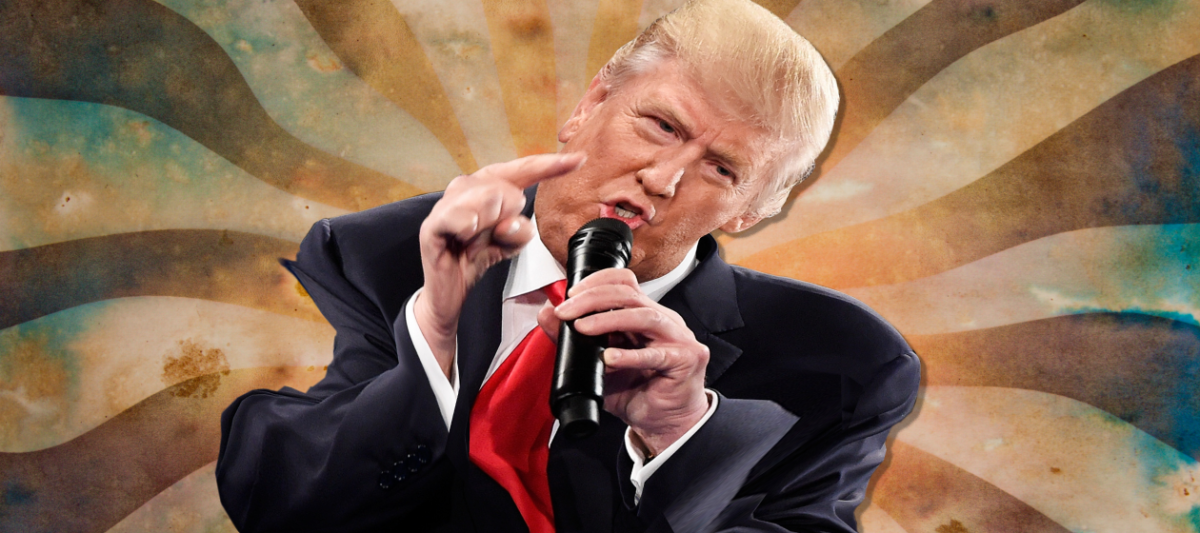
![American Politics: The BIG LIE in Politics, From The Republican Presidential Convention [124] American Politics: The BIG LIE in Politics, From The Republican Presidential Convention [124]](https://images.saymedia-content.com/.image/t_share/MTc2NDYyMjI1MzEyNjU1MzIy/the-big-lie-in-politics-from-the-conservative-side.jpg)
